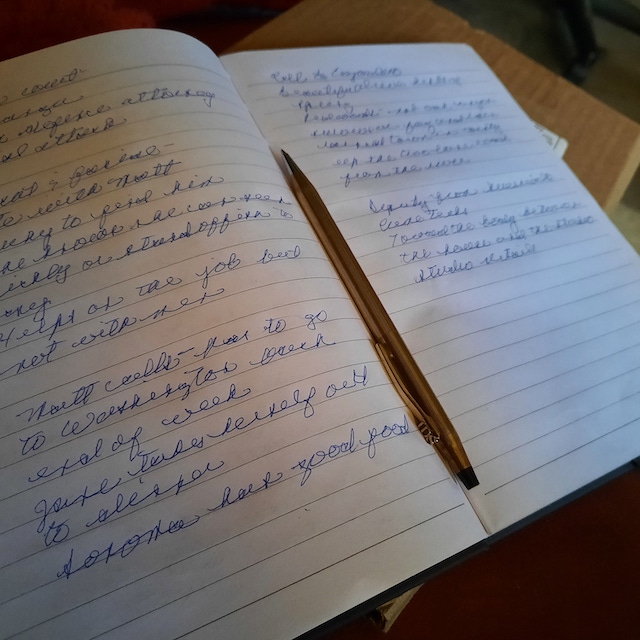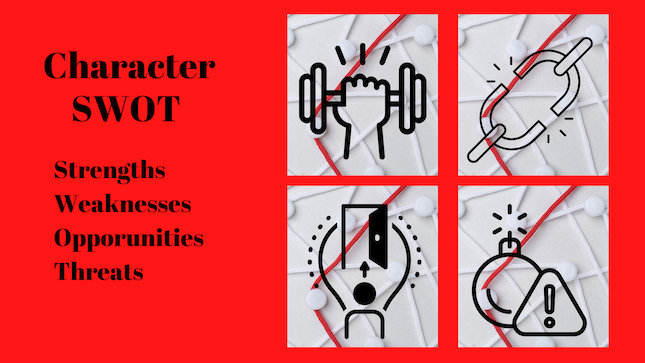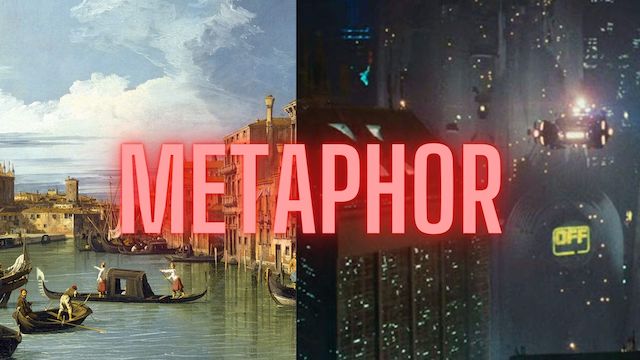Conflict or Menace? Which Drives Your Mystery Story?

Get Your Sleuth in Trouble
Readers love conflict. It keeps them wondering how the story will turn out. What will the hero do next? How will she get out of this one?
Good storytelling needs conflict. Conflict builds suspense by creating tension. For a reader, tension raises the question of what will happen next. That tension keeps them reading more.
A traditional mystery is not a thriller or action-adventure novel. It is unlikely your mystery will contain multiple fight and battle scenes filled with physical conflict. But you still need conflict to engage your reader. Conflict is the heart of storytelling.
Conflict or Menace? What’s the Difference?
In a thriller, the clock is ticking, and the reader knows the antagonist. It’s a battle of good versus evil, and every second counts. Thrillers, and action/adventure, stories often use menace to heighten tension.
Menace is a person or thing likely to cause harm—a threat or danger. In a thriller, the known antagonist schemes to harm the protagonist, especially in a malignant or hostile manner. The antagonist directly threatens the protagonist with intent to harm. They may threaten to blow up the civic center with everyone there for a festival. It’s up to the protagonist to find the bomb, avert disaster and save the day.
Stories based on menace, like thrillers, use it repeatedly to threaten the protagonist.
In a mystery, you may use menace toward the end when the villain feels trapped or knows the sleuth is about to reveal them. But, the menace doesn’t happen until the villain is revealed. It’s a last-ditch effort.
The main goal of a menace-driven story is to overcome the antagonist.
In a mystery, the antagonist is unknown. Most of the tension comes from conflict, not menace.
Conflict happens when your character wants something (their goal), and someone or something prevents them from reaching the goal. Your main character has an external goal to reveal the villain. And your protagonist also has an inner goal that provides more conflict.
Conflict is obstruction. Throughout most of your mystery novel, your character cannot reach the external goal because people get in the way. She must wait for evidence results. He must find the right suspects to interview. Suspects hold back information. Suspects go missing.
It is the nature of a mystery novel to put obstacles in the way of your detective’s search. Every time your protagonist tries to overcome an obstacle, they meet an obstruction.
You write a narrative filled with problems. And just like life, at times, those problems seem insurmountable.
The main goal in a mystery is to reveal the antagonist.
Your Sleuth in Conflict
Although your mystery may have a menacing scene, the main conflict for your sleuth is the obstructions to finding the truth—revealing the villain.
The types of conflict aren’t as important as how you use them in the story. The secret to compelling conflict, conflict that drives the story, is integrating it in the right place, so it is integral to your mystery.
Dynamic scenes use conflict to change the character’s scene goal from the beginning to the end of the scene.
Conflict arises from a decision your protagonist must make. She may need one more piece of information to make the decision. He may grasp at a thought, only to have it take him on a wild goose chase.
And while your protagonist is clearing the path toward the villain, he may lose a friendship, question his place in society, or struggle trying to live up to his father’s reputation.
Inner goals may put your protagonist in direct conflict with the external goal. It could be as simple as prejudice against a key suspect’s way of life. Or, it could be as critical as overcoming a fear to take the next step.
Build conflict into your mystery. Conflict makes your mystery mysterious. If you want to include menace, save the menace until the climax.
Satisfy Your Mystery Fans
If your mystery reader wanted a thriller, they would buy a thriller. Make sure you give your mystery readers the type of conflict they expect. You won’t disappoint them with conflict.
Starting your first mystery? Write A Killer Mystery is your online course to guide you through the process.
Photo by cottonbro






